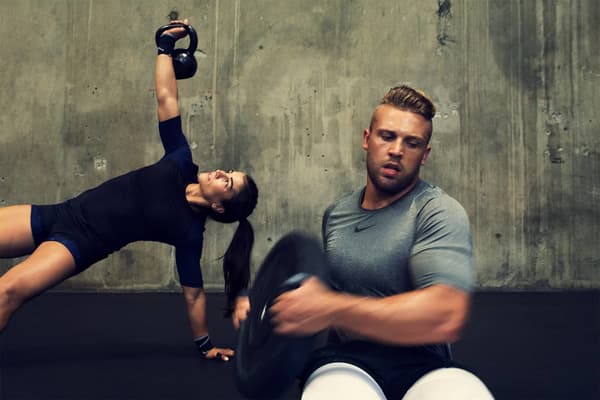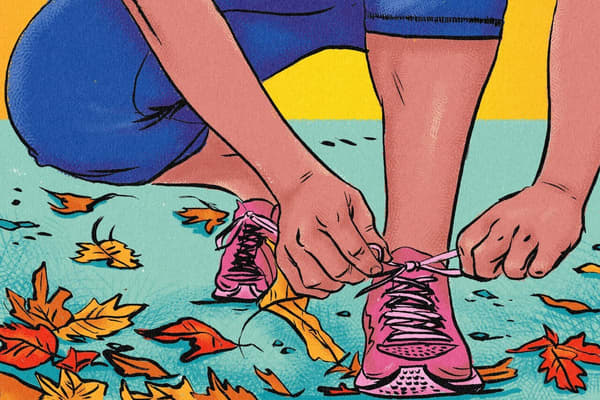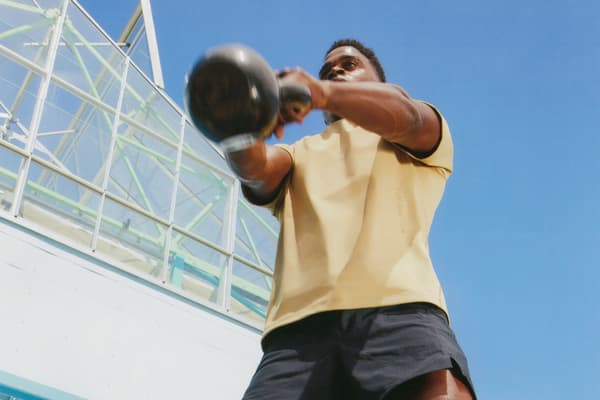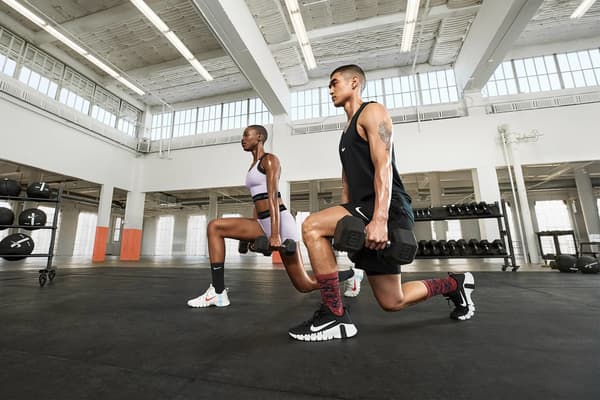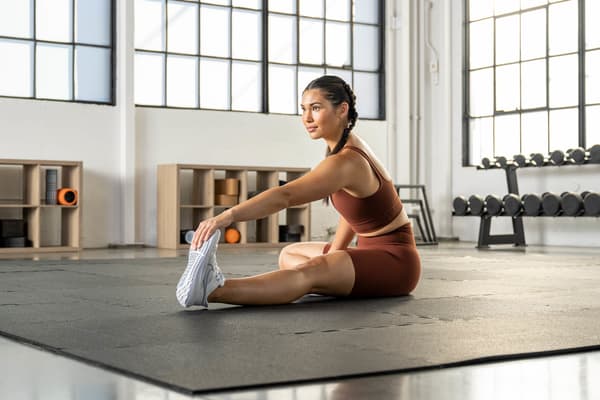How to Prevent Stiff Muscles While Exercising in the Cold
Sport & Activity
An exercise physiologist and a physiotherapist provide four tips to avoid muscle stiffness in winter.
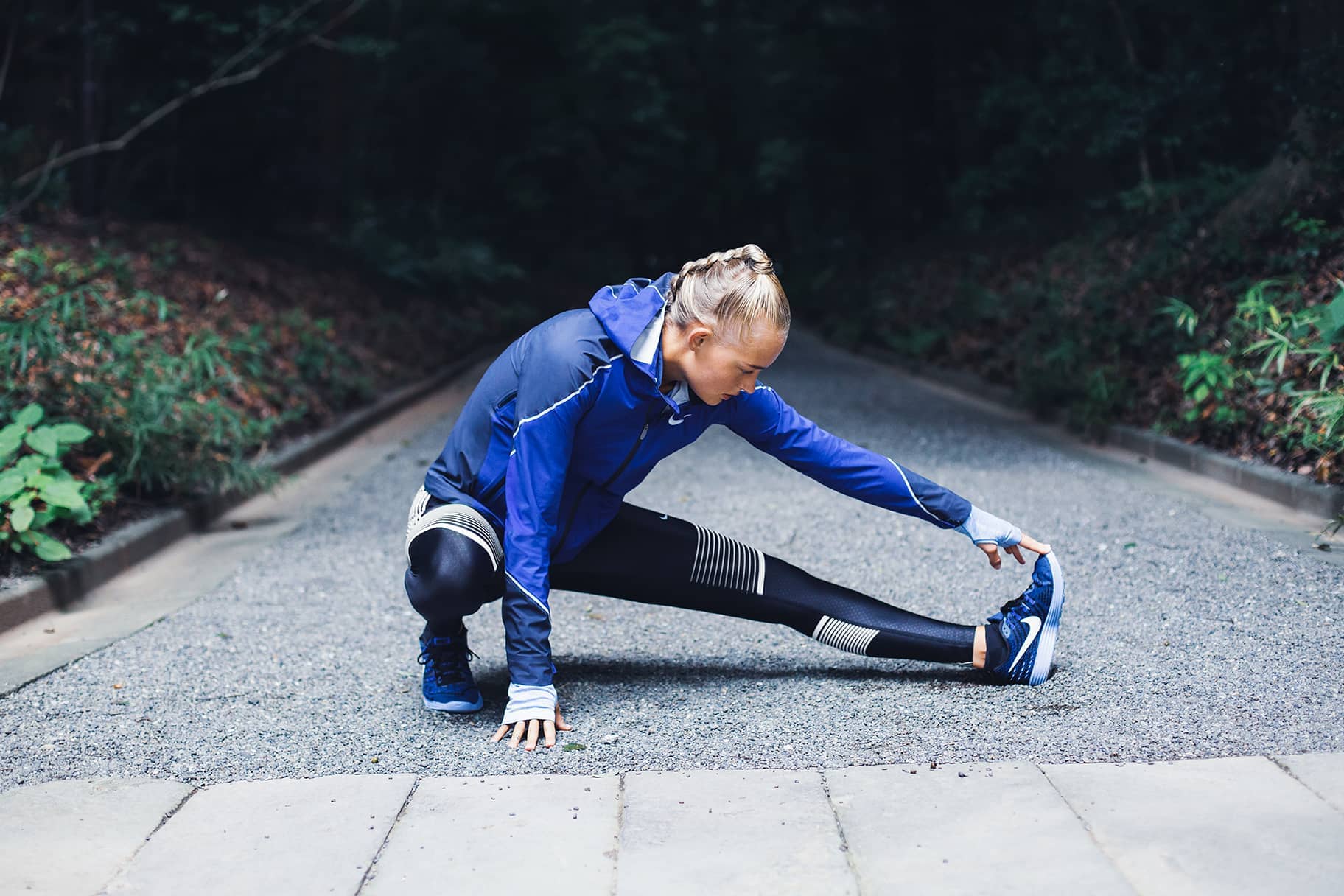
For some people, nothing beats exercising outdoors. However, others may take their workouts indoors to avoid brisk temperatures and muscle stiffness.
Stacy T. Sims, MSc, PhD, an exercise physiologist and nutrition scientist, defines stiff muscles as "a rigidity or feeling of muscle tightness, sometimes causing pain, and often making it challenging to move".
Stiff muscles are generally a result of a lack of blood flow, according to Ellen Isaac, DPT, and nutrition and fitness coach. Cold weather causes changes in our blood flow, therefore exacerbating muscle stiffness.
"Cold weather causes vasoconstriction, or narrowing of the vasculature that brings blood to an area, to non-working muscles", she said. "This is a physiological response in an attempt to keep the more proximal—close to the heart—areas of the body warm. In other words, the body tries to bring as much blood flow to the core as possible to keep vital organs functioning optimally".
(Related: How to Treat Sore Muscles After a Tough Workout, According to Experts)
The good news? You don't have to forgo outdoor workouts during cold months. There are a few things you can do to increase blood flow to the muscles and prevent them from feeling uncomfortably stiff. Whether you like running, power walking, cycling or doing outdoor HIIT, the below four tips will keep you moving—while keeping muscle stiffness at bay.
1.Dress Appropriately
Before you even head outside, Sims said it's imperative that you're appropriately dressed to work out in the cold. The key: layering.
"Layers are important to keep your core warm throughout your activity", she said. As you get further into your workout and begin to sweat, you can remove some of those layers. Then, consider putting them back on as your pace or intensity slows during the cool down.
In particular, Isaac recommended this layering strategy: start with a sweat-wicking layer such as a Dri-FIT top as a base. This will help keep you dry while you exercise. Then follow that layer with a thick, warm layer like a fleece or a long-sleeve top. Lastly, throw on a windbreaker. Or, if it's raining or snowing, opt for a waterproof jacket.
Once you're done with your workout and go indoors, Sims advised removing the wet gear and changing into warm, dry clothes to prevent your temperature from dropping too quickly, which can cause vasoconstriction and compromise recovery.
2.Don't Forget To Warm Up
Warming up—indoors, in particular—before your outdoor workout is also key to preventing muscle stiffness. Doing so, Isaac said, will increase your body temperature and blood flow to the muscles, reducing the risk of injury and feelings of heaviness and tightness.
As for what to do during your warm-up, Isaac said it can be anything that raises your heart rate and body temperature slightly. And, most importantly, your warm-up should align with the type of workout you'll be doing outside. For instance, she said, if you're going for a run, your warm-up should focus on full-body movements with an emphasis on the lower body, exercises such as high knees, air squats, lunges and side lunges.
In general, Isaac and Sims both advised focusing on dynamic activities (moving while stretching) during a warm-up instead of static stretches, which can increase the risk of injury.
(Related: 5 Benefits of Stretching Daily, According to Experts)
3.Keep Moving
Once you're outside working out, it's important that you keep moving to stay warm and prevent muscle stiffness.
"Taking long rest breaks outside in the cold increases the risk of the muscles stiffening back up", Isaac said. Again, this is because the cold weather results in a lack of blood flow to the muscles. "So if breaks are needed, keep them short", she added.
Active recovery is another option, which Isaac explained means continuing to move during your rest break but at a low intensity.
4.Support Your Recovery
What you do after a cold-weather outdoor workout also matters. According to Sims, there are two types of recovery periods: acute recovery and chronic recovery. Acute recovery is what you do within 30 minutes to an hour after finishing your sweat sesh. Chronic recovery is what you do day-to-day to keep your muscles happy.
"In the acute recovery period, a warm shower to moderate your temperature and reduce cooling too quickly is essential", Sims said. "You can do some light stretching in the shower. With the warm water against your hips or knees, quad stretching becomes easier and more effective". She added that the acute recovery period is also a good time to rehydrate and consume 20–30 grams of protein to provide nutrients to your muscles and kick-start muscle repair.
For chronic recovery, Sims recommended foam rolling or self-massaging the tight spots in your muscles daily.
"This will reduce trigger point spasms and stiffness that comes with the small muscle spasms and tears from exercise", she said.
Words by Jessica Estrada

Nike Run Club
Listen to the Guided Runs in the Nike Run Club App and run with some of the best coaches and athletes, like Eliud Kipchoge, Shalane Flanagan and Mo Farah. Our Guided Runs give you the guidance you need to listen to your body, adapt to your training plan and become your own best coach.
